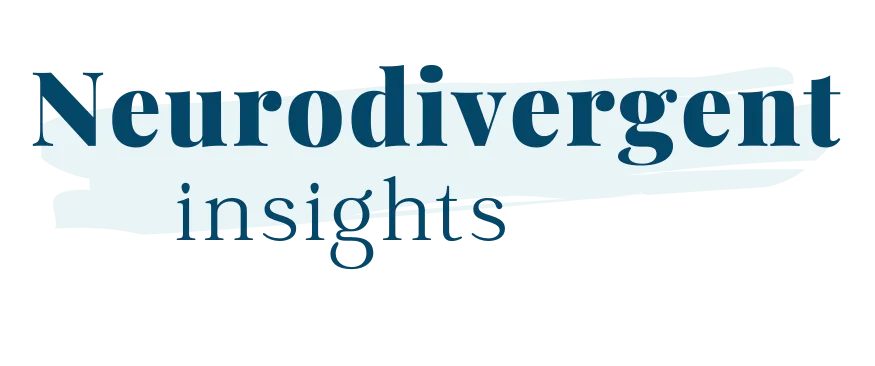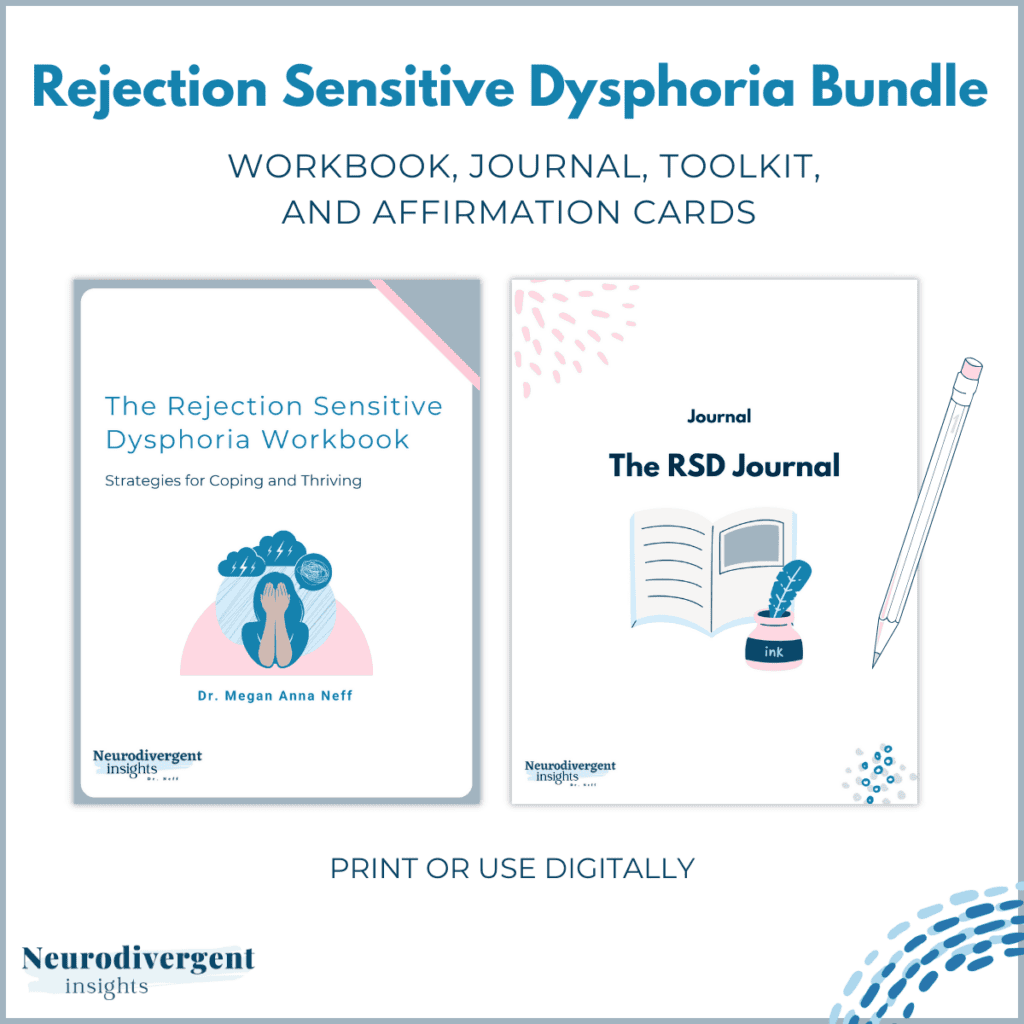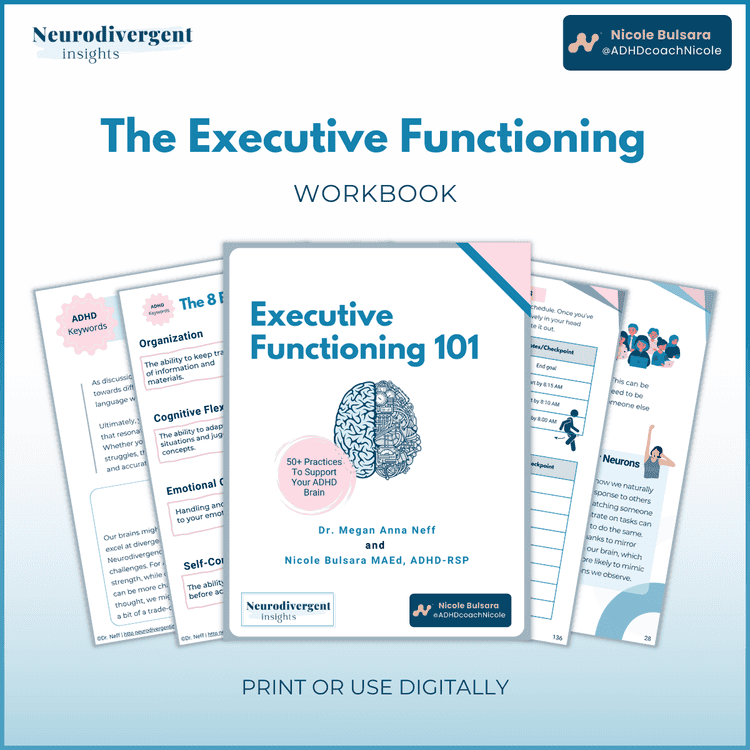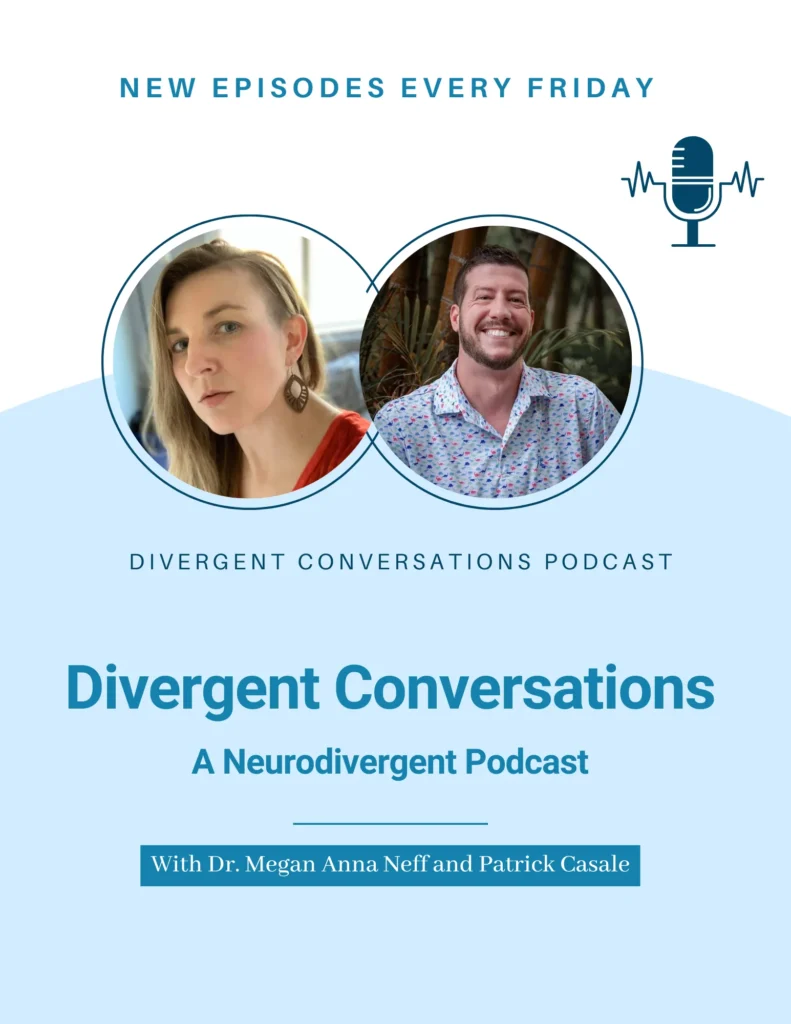
Earlier this month, I found myself searching for something steady to ground into — something steady in the midst of a world that feels frantic. I gravitated toward reading, thinking, and writing about connection. Over the last few weeks, I’ve explored themes of belonging, attachment, and togetherness.
This week, I want to take a step back and look at connection through a different lens — the lens of neuroscience. Because as much as we like to think of ourselves as self-sufficient islands, our brains tell a different story.
Humans Are Wired for Connection
Most people throughout history have understood, at a deep, embodied level, that we are wired for connection. Indigenous cultures have long built entire ways of life around interdependence. For most of human history, community wasn’t an extra — it was woven into the fabric of being human.
But somewhere along the path of “progress,” particularly in Western cultures, we lost our way. Collectivism was replaced with hyper-independence. Relational interdependence was swapped for individualism. Community care was traded for productivity and hustle.
And yet — despite our best efforts to act as if we can function alone — neuroscience keeps reminding us: we weren’t designed to be alone.*
Social connection isn’t just a luxury; it’s baked into the architecture of our brains.
Social Baseline Theory: Our Brains Expect Connection
One of the more fascinating concepts to emerge from social neuroscience is Social Baseline Theory (SBT), developed by psychologist James A. Coan. SBT suggests that our brains evolved with the expectation of social connection. When we have supportive relationships, our cognitive and physiological load is lighter — tasks feel easier, and challenges feel more manageable. But when we are alone, our brains perceive the world as more dangerous, effortful, and exhausting.
This has been demonstrated in multiple studies. In one experiment, participants were asked to estimate the steepness of a hill. Those standing alone perceived the hill as steeper, while those standing with a friend saw it as less steep. Even imagining a supportive friend made the hill seem more manageable compared to thinking about a neutral or disliked person. Other studies on pain perception found that simply holding a partner’s hand (or even looking at a picture of them) reduced the experience of pain.
These findings point to something powerful: We are more resourced when we are connected to others.
Connection Is the Default, Not the Exception
Here’s where things get really interesting. Researchers initially set out to find what “activates” in the brain when people connect with others. But they couldn’t find it.
That’s when Dr. James Coan had his aha! moment—the brain doesn’t need to turn on connection because it assumes connection is already there. It’s the default setting.
This explains why, when that expectation is violated — when we lack access to social support — our brains register it as a problem. Suddenly, everything feels harder. The brain perceives fewer available resources and prepares the body to either conserve energy or push harder to compensate. This increased effort isn’t just mentally exhausting — it can contribute to chronic stress, anxiety, and long-term health effects.
Connection as a Bioenergetic Resource
Part of this theory suggests that connection itself is a resource we rely on — a “bioenergetic resource.” When it’s unavailable, we might unconsciously seek other resources to compensate.
For example, one study found that socially isolated individuals consume more sugar — even after accounting for factors like BMI, self-image, depression, physical activity, and income. This suggests that the brain treats social and metabolic resources as similar. When we lack connection, we may instinctively seek out other forms of energy regulation — like sugar intake — to compensate.
So What Does This Mean for Us?
Put simply: Our brains assume we are part of a social network. When we aren’t, our entire system has to work harder.
This might explain why body doubling — working in the presence of another person — helps so many neurodivergent folks with focus and motivation. It also sheds light on why loneliness is so deeply distressing to the nervous system.
The takeaway? Being with trusted others doesn’t just feel good—it actually changes how we perceive the world and access our own resources. Connection lightens the load. And when we don’t have it, our brains register the loss in ways we might not even be aware of.
The Need to Belong: More Than a Feeling
Social Baseline Theory aligns with the work of social psychologists Roy Baumeister and Mark Leary, who developed Need-to-Belong Theory —the idea that forming and maintaining positive social connections is a fundamental human need, not just a preference.
Baumeister argues that belonging is as essential as food and shelter. In an interview, he reflected:
“I have been impressed by how much of human emotion is linked to people’s concerns with belonging and acceptance.”
His work highlights how many of our most intense emotions — social anxiety, jealousy, loneliness, guilt — are directly tied to this need for connection.
For most of human history, exclusion from the group could mean death, and our brains evolved accordingly. We are wired to track our social standing, to seek acceptance, and to avoid rejection. When this need isn’t met, our nervous system sounds an alarm — one that as many of us know, is hard to ignore!
While Belonging Matters, How We Seek Belonging Also Matters
Belonging is often framed as an unequivocal good. But it’s more complicated than that.
Throughout history, people have forged belonging by excluding or othering people they perceived to be different. We see this today in the rise of political and social tribalism, where tight-knit group identity is built by defining who doesn’t belong.
Moving closer to one group can sometimes mean moving further from — and even dehumanizing — others.
In its healthiest forms, belonging fosters connection that supports our humanity. But when belonging is built through division, it can fuel polarization, discrimination, and social fragmentation.
How Does This Apply To Neurodivergent Folx?
Of course, like most psychological theories, Social Baseline Theory was developed through a neurotypical lens. For many neurodivergent people, there’s a tension between needing connection and struggling with connection.
Social Baseline Theory tells us that human brains expect relationships built on interdependence. But for those of us who experience sensory overload, social exhaustion, or difficulty accessing connection in a neurotypical world, this expectation can feel like a double bind.
And while much of it likely applies to neurodivergent people, there are nuances worth considering:
Some key considerations for ND folks:
-
- Sensory & Social Regulation: Social connection can provide us with energetic resources — but for Autistic folks, it can also be overstimulating and thus depleting. In this case, we may experience conflicting needs and it will take work to balance these conflicting needs.
-
- Familiarity Matters: SBT suggests that trusted relationships provide us with the most bioenergetic resources. And for Autistic people, trusted, predictability is likely even more important – unfamiliar or unpredictable social interactions might not provide the same “safety buffer.”
-
- Masking & Disconnection: If social connection is meant to resource us, what happens when it doesn’t? Many neurodivergent people have spent a lifetime masking and contorting themselves to stay safe. That’s not replenishing — that’s exhausting.
-
- Self-Compassion: If you’ve struggled with connection and turned to other resources — like food, alcohol, substances, or sweets — to regulate your energy, this framework offers a reframe: your brain was finding ways to cope. Understanding connection as a bioenergetic resource can help you see the survival strategies you’ve used with a bit less shame and ideally with a bit more gentleness.
The need for social resources doesn’t go away, but the way we access them might look different. For neurodivergent humans, we’re often balancing finding sustainable, affirming ways to meet your brain’s needs without burnout.
Maybe it’s co-working alongside someone without the pressure to talk (body doubling). Maybe it’s structured social time rather than spontaneous gatherings. Maybe it’s written communication over spoken.
At the core of all this research is a simple truth: we are not meant to do life alone.
But that doesn’t mean connection looks the same for everyone. The challenge — and the invitation — is finding ways to meet our brain’s need for connection in ways that don’t overwhelm our systems.
Next week, we’ll explore what happens when connection breaks — and how we repair it.
* It’s worth noting the painful paradox here — Western society, which has long dismantled collectivist traditions and undervalued Indigenous knowledge, is now pointing to the importance of interdependence simply because it shows up on an fMRI scan. Much of what interpersonal neurobiology is “discovering” has been understood for centuries by cultures that center community and connection. Science can be a powerful tool for validating these truths, but it’s important to recognize that they are not new — just newly acknowledged by those who previously overlooked them.
References
Allen, K. A., Gray, D. L., Baumeister, R. F., & Leary, M. R. (2022). The Need to Belong: a Deep Dive into the Origins, Implications, and Future of a Foundational Construct. Educational psychology review, 34(2), 1133–1156.
Coan, J. A., & Sbarra, D. A. (2015). Social Baseline Theory: The Social Regulation of Risk and Effort. Current opinion in psychology, 1, 87–91. https://doi.org/10.1016/j.copsyc.2014.12.021 https://www.ncbi.nlm.nih.gov/pmc/articles/PMC4375548/
Henriksen RE, Torsheim T, Thuen F. Loneliness, social integration and consumption of sugar-containing beverages: testing the social baseline theory. PLoS One. 2014;9:e104421. doi: 10.1371/journal.pone.0104421. https://pubmed.ncbi.nlm.nih.gov/25105408/
Schnall, S., Harber, K. D., Stefanucci, J. K., & Proffitt, D. R. (2008). Social Support and the Perception of Geographical Slant. Journal of experimental social psychology, 44(5), 1246–1255. https://doi.org/10.1016/j.jesp.2008.04.011








